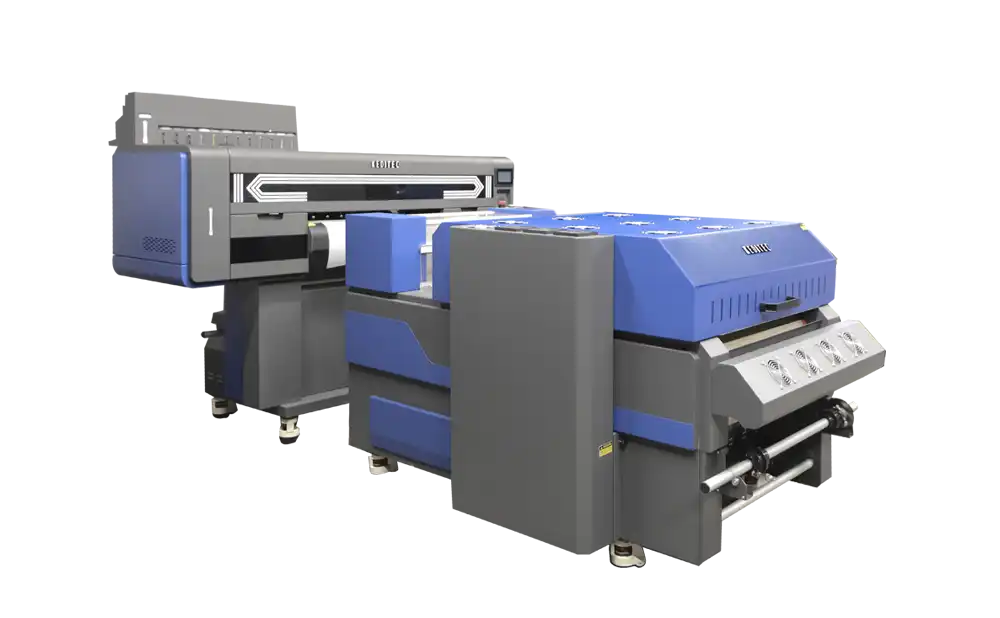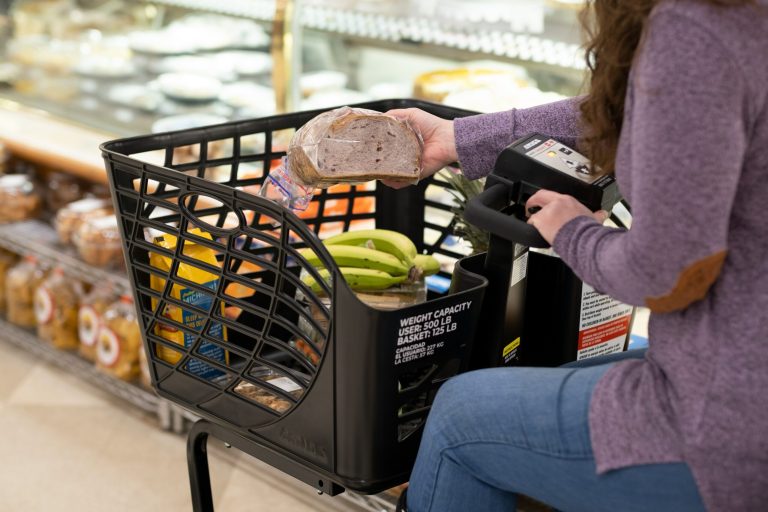Equipment Selection and Cost-Effectiveness Analysis of UV DTF Printers

When it comes to personalized product printing, UV DTF (Direct to Film) printers have taken the industry by storm due to their high efficiency, versatility, and outstanding print quality. Whether you’re a startup exploring custom merchandise or an established printing business looking to expand your capabilities, selecting the right UV DTF equipment is crucial. Among the many options in the market, one standout brand is the LINKO UV DTF wraps printer, known for its advanced technology, user-friendly design, and consistent output.
This article will guide you through key considerations for selecting UV DTF printing equipment, evaluate its cost-effectiveness, and help you make an informed investment decision that aligns with your production goals and budget.
Understanding UV DTF Printing Technology:
UV DTF printing is a relatively recent advancement that allows for high-quality, full-color designs to be printed onto a film and then transferred to various surfaces like glass, plastic, leather, wood, metal, and even curved objects like bottles and mugs. The UV curing process ensures the design adheres instantly and durably, with no need for heat presses or extra drying time.
The result? Crisp, vibrant graphics that are waterproof, scratch-resistant, and fade-proof—perfect for premium customized products.
Key Considerations for Equipment Selection:
Choosing the right UV DTF printer depends on multiple factors, including your intended output volume, material types, workspace, and budget. Here are some essential aspects to assess:
1. Printing Size and Media Compatibility
Determine the size of the items you plan to customize. Some printers support A4 or A3 film sizes, while larger industrial models accommodate wide-format printing. Also, ensure the printer supports diverse media types for your business needs—whether it’s cylindrical bottles, flat wooden boards, or complex surfaces.
2. Print Head Technology
Most high-performance UV DTF printers use EPSON XP600, i3200, or Ricoh print heads. These heads differ in terms of resolution, speed, and longevity. XP600 is affordable and ideal for small businesses, while i3200 delivers higher speeds suitable for commercial-scale production.
3. Ink System and Color Accuracy
UV DTF printers use UV-curable inks with white and varnish options to enhance the visual appeal and finish. A good printer should offer CMYK + White + Gloss configurations and ensure smooth ink flow without clogging.
4. Automation and Software Compatibility
Look for features like automatic film feeding, pre-heating systems, vacuum platforms, and smart RIP software that support layer-by-layer color separation and precision alignment. Ease of use reduces the learning curve and speeds up production.
5. After-Sales Support and Spare Parts Availability
Always choose a supplier who offers timely customer support, training, and access to spare parts. Downtime can be costly, so reliable maintenance services are a must.
Why Choose DTF LINKO?
In the middle of your search for the right printer, DTF LINKO stands out as a trusted name in the global printing equipment market. LINKO has built a solid reputation by offering:
- Comprehensive product ranges from beginner-friendly models to industrial-level solutions.
- Advanced features like dual print heads, automatic AB film feeding, precision lamination, and LED curing systems.
- Stable performance with high-resolution output for both small-batch and bulk production.
- Eco-friendly inks and energy-efficient designs.
Whether you’re printing custom phone cases, drinkware, packaging, or promotional items, LINKO ensures a smooth, scalable, and cost-effective process.
Cost-Effectiveness Analysis:
Let’s break down the economic value of investing in a UV DTF printer.
Initial Equipment Investment
A standard UV DTF printer setup, including the printer, laminator, air compressor, RIP software, and necessary consumables, can cost anywhere between $4,000 to $20,000 depending on size, speed, and features.
Running Costs
- UV Inks: Priced between $50–$80 per liter, UV inks have decent coverage rates. A liter can print up to 100–150 square meters depending on color intensity.
- AB Film Rolls: You’ll need two layers (A and B) for DTF transfers. Rolls usually cost $30–$50 per set, lasting for multiple jobs.
- Electricity: UV printers consume an average of 300–600 watts/hour, translating to modest energy costs.
- Maintenance: Routine cleaning, nozzle checks, and part replacements are minimal but essential to maintain print quality.
Return on Investment (ROI)
UV DTF printers deliver high margins. Consider this example:
- Cost to print a custom cup wrap: ~$0.80
- Selling price: $6–$10
- Profit per item: $5.20–$9.20
If you produce just 50 items per day, your monthly revenue could exceed $7,000. The printer pays for itself within a few months depending on your sales volume.
Advantages of UV DTF Over Other Methods
| Feature | UV DTF | Sublimation | Heat Transfer |
| Material Versatility | ✅ Wide range | ❌ Limited | ✅ Moderate |
| Drying Time | ✅ Instant | ❌ Requires time | ❌ Requires time |
| Color Quality | ✅ Vivid & Sharp | ✅ Good | ❌ Varies |
| Durability | ✅ Long-lasting | ❌ Low | ❌ Moderate |
| Setup Time | ✅ Quick | ❌ Lengthy | ❌ Moderate |
Final Thoughts:
Selecting the right UV DTF printer is more than just picking a brand—it’s about aligning your choice with long-term productivity, budget, and business vision. With their cutting-edge engineering, support, and affordability, LINKO UV DTF printers offer a reliable gateway to scalable customization. Their ability to print on a wide range of materials, deliver sharp, durable images, and reduce production time makes them a solid investment for modern businesses.
So whether you’re launching a new venture or scaling an existing one, UV DTF technology—especially from trusted brands like LINKO—is the way forward in the competitive print market.





